Japanese Multigrain Rice
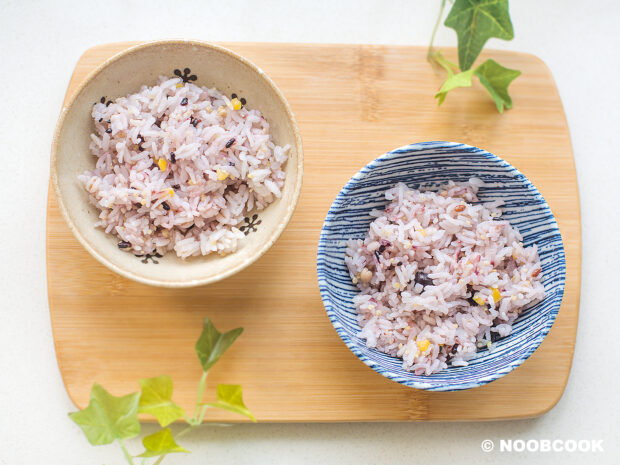
This is a rice cooker recipe for making Japanese multigrain rice. I’ve always loved it whenever a Japanese restaurant served this type of purplish multigrain rice instead of the usual white rice, but it is not common. Ever since I learned how to make this Japanese multigrain rice, I can now have this whenever I crave for it, which is a weekly affair!
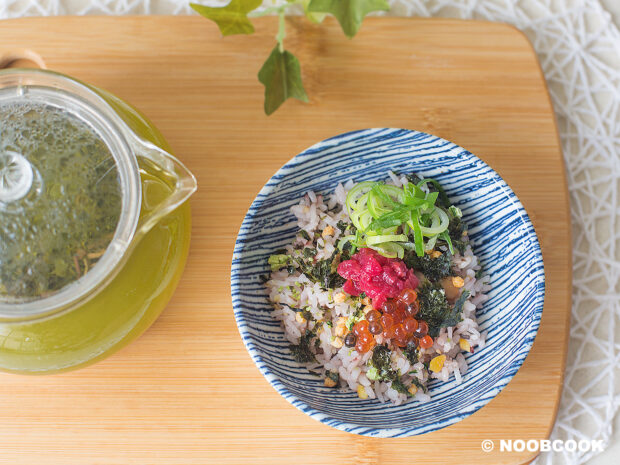
Just use the Japanese multigrain rice in place of regular white rice. In my ochazuke (Japanese tea rice), the change to multigrain rice certainly added more nutrition, colour & texture to my bowl. I have also used this rice in place of normal rice in my lunch box.
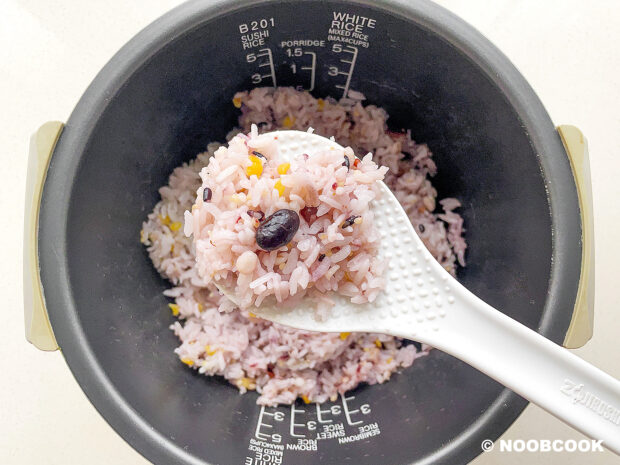
I cook rice primarily in a rice cooker, which is a big convenience. Hence, this recipe is solely for the rice cooker. However, you can use the same measurements (rice, water, grains) and it should work for the stove top method as well. I shall try cooking the rice on the stovetop someday.
More Rice Recipes:
See Also:
16-GRAIN MIX FOR JAPANESE MULTIGRAIN RICE
This bag of 16-grains mix was what started me on making Japanese multigrain rice. I found it at Don Don Donki (SG). I think Japanese supermarkets generally sell a few brands of such multigrain mix for rice (even the Donki outlet I went sells 3 other brands). I have tried one other brand (from Daiso), and currently this is my favourite brand because of the mix of grains in the sachet. I particularly love the bigger black soy beans in this mix.
Things I look out for when buying Japanese multigrain mix:
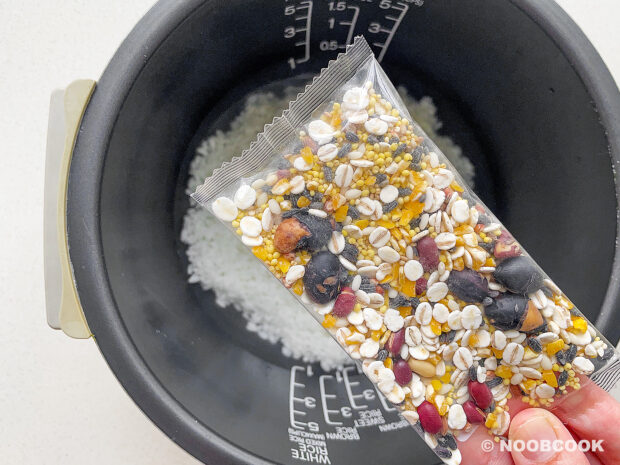
- I like those that come in handy individual sachets (one sachet each time you cook the rice). It’s so much more convenient and all the various grains are evenly portioned. The sachet type cost more naturally, so it may not be cost effective for those who make it daily. I cook multigrain rice only once a week, so the slightly higher cost outweighs the added convenience.
- Across the brands, the multigrain mix usually contain 16 grains. My 16-grains mix contains: mochikibi (millet), barley, rice crackers, corn, white rice, mochi black rice, black soybeans, red beans, amaranth, quinoa, barnyard millet, katakibi (millet), pearl barley, black sesame, white sesame, red rice.
- Usually, the packaging will indicate that there is no need to wash the grains – just empty the sachet into the rice cooker inner pot to cook. I tend to look out for such pre-washed grains.
- Amount of water to cook rice. The packaging instruction usually indicates to use the same amount of water you normally use to cook rice without the added grains. I tried and found that it turned too dry, so I added more water which resulted in fluffier & softer rice, just like how it tasted at the restaurant.
- I assumed that one sachet is for 1 cup of uncooked rice (Google Translate did not translate this well), and that worked for me!
STEP-BY-STEP PHOTOS (Japanese Multigrain Rice)
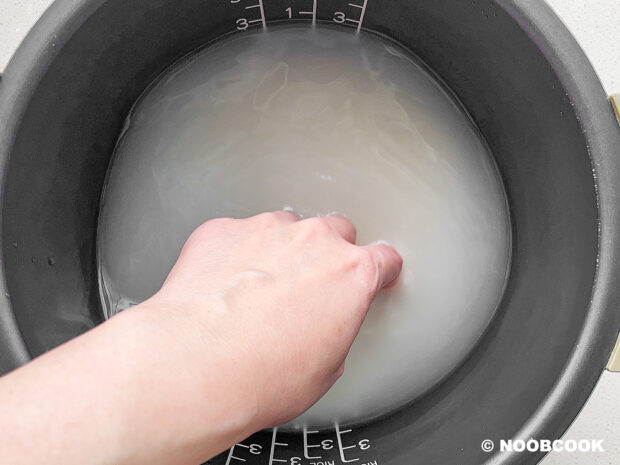
Measure and add the rice in the rice cooker’s inner pot. Add some water and swirl the rice with your hand in a circular motion. As you can see, with the first wash of the rice, the water became very cloudy.
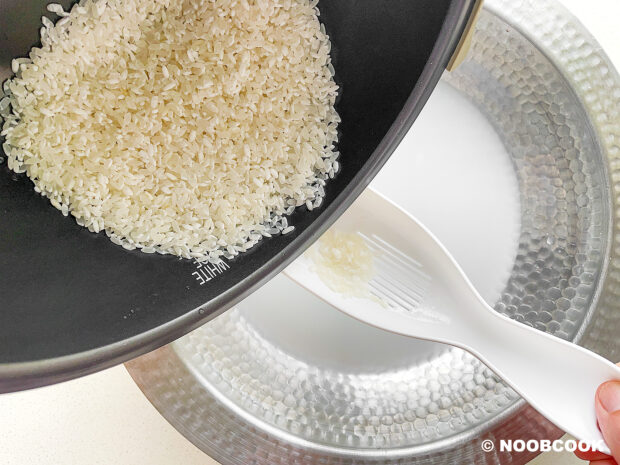
Drain the water (using any fine sieve or a special rice strainer), leaving only the rice grains in the inner pot.
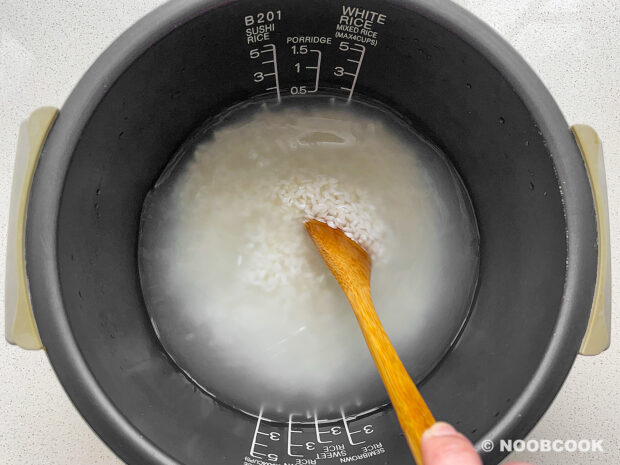
Repeat the process of washing the rice again. This was the second wash and the water had become less cloudy.
Many sites recommend washing the rice until the water becomes completely clear, which will take at least 3-5 washes. Personally, I rinse the rice only twice as this was my mum’s way of cooking rice since I was young. It’s really up to you how many times you want to wash the rice.
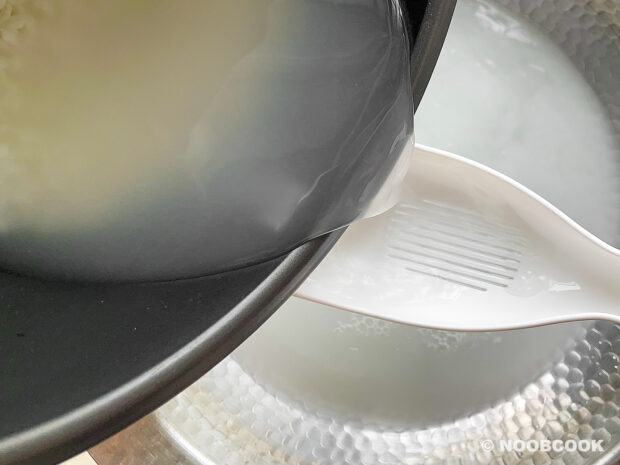
Again drain the water after every wash. By the way, the water for washing the rice can be used to water houseplants, it’s added nutrition to the plants.
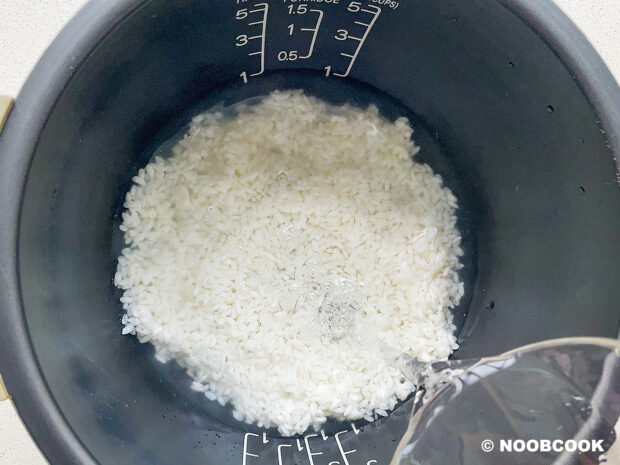
Measure and add the water required to cook the rice. Usually if I am only making Japanese short-grain rice without the multigrain mix, I’ll use 1 1/4 cup water for every 1 cup of rice. When I added the grains, I used 1 3/4 cup water instead and this ratio worked very well for me.

This is my sachet of 16-grains for cooking the rice.
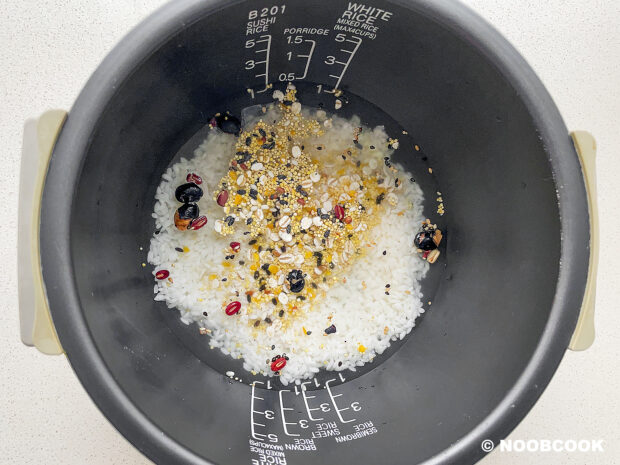
Since the brand I am using states that no washing is required, I simply empty the contents into the inner pot.
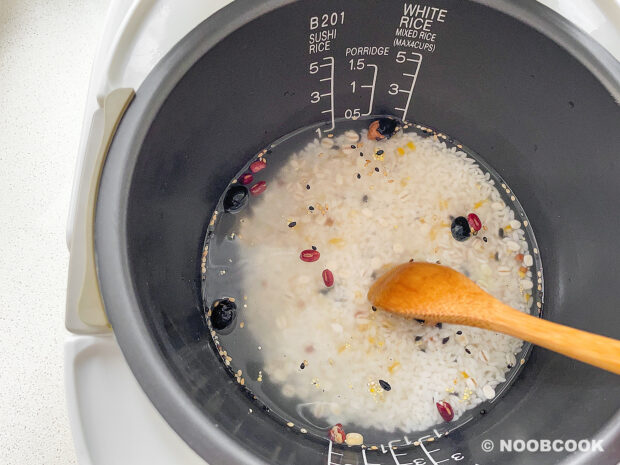
Stir with a spoon to distribute the grains evenly. Then set the rice cooker to “Cook” using the regular/normal setting for cooking white rice.
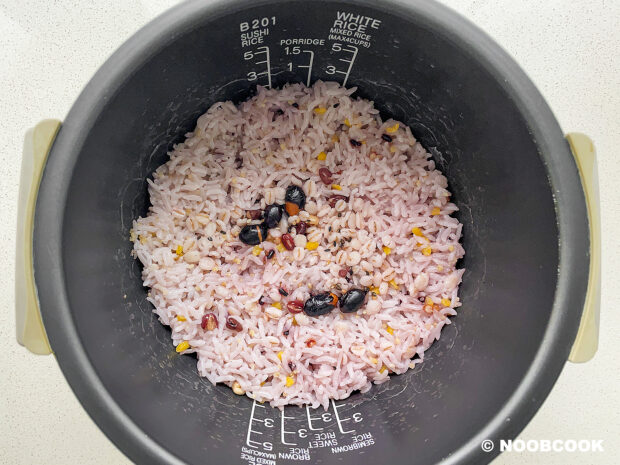
This is the cooked multigrain rice. The colour of the rice has turned a pretty purplish red.
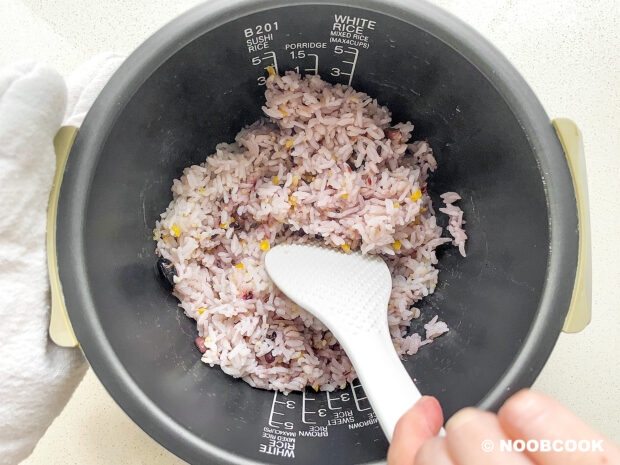
Fluff the cooked multigrain rice with a rice paddle and it’s ready to be served!

The cooked short grain white rice had taken on a nicer colour & texture with the added 16 grains. Enjoy!
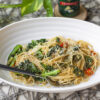
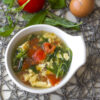



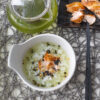
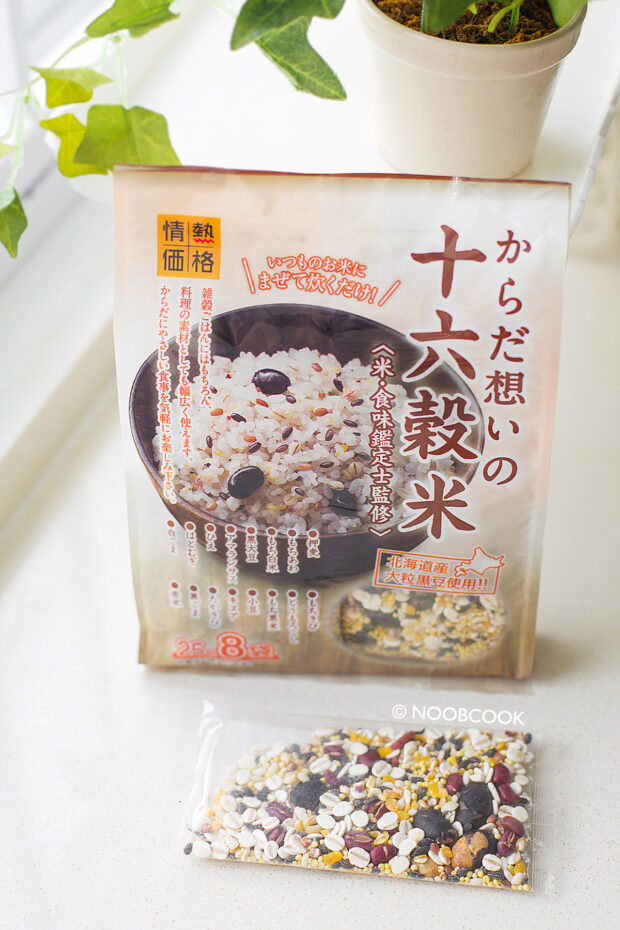






Lovely colour with light purple tone and so fluffy … this is a perfect side!
I like that it comes in individual sachet which is very convenient. The rice really looks pretty with the addition of multigrains.
Not sure if I can find this here. I have not gone to Japanese supermarket for a long long time . There are not many to start with – only two near where we stay. These stores are not spacious at all, and usually crowded, so I avoid (due to Covid).
Daiso here is hopeless , not much food items. Also no Don Don Donki here. Sad.
Do you think this would work with jasmine rice instead of japanese short grain?
I think you can use jasmine long grain rice, but you need to adjust the water accordingly (possibly less water than to cook short-grain).